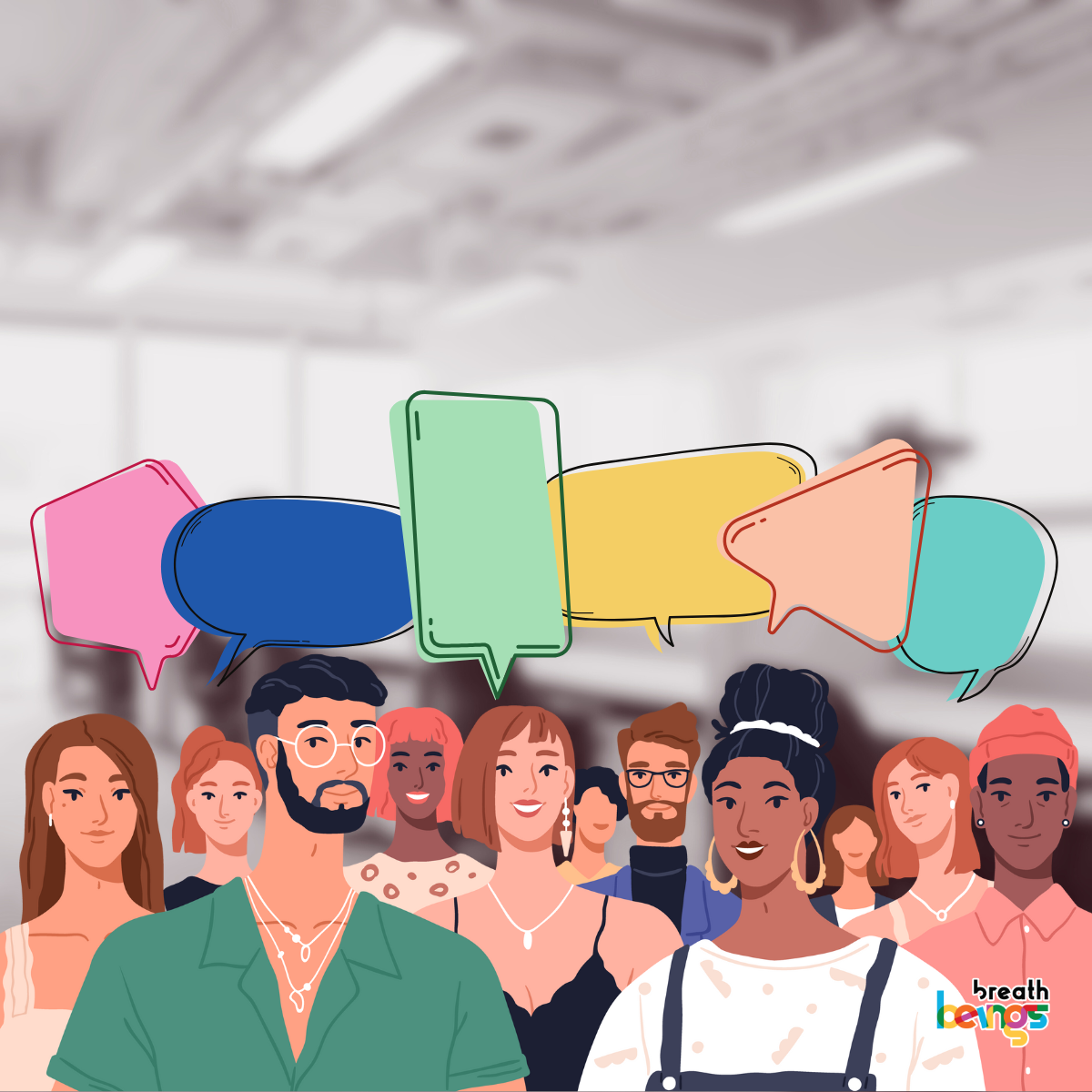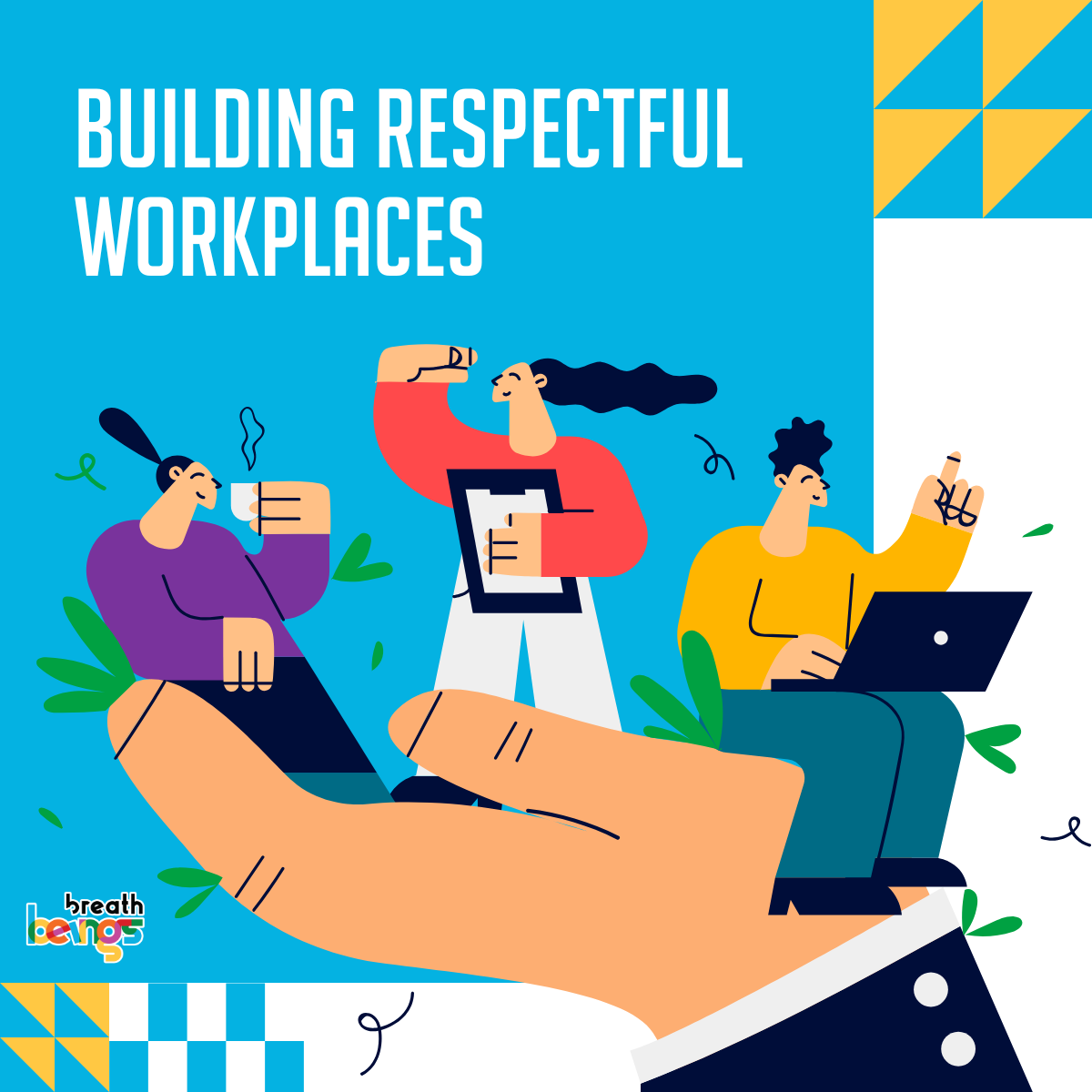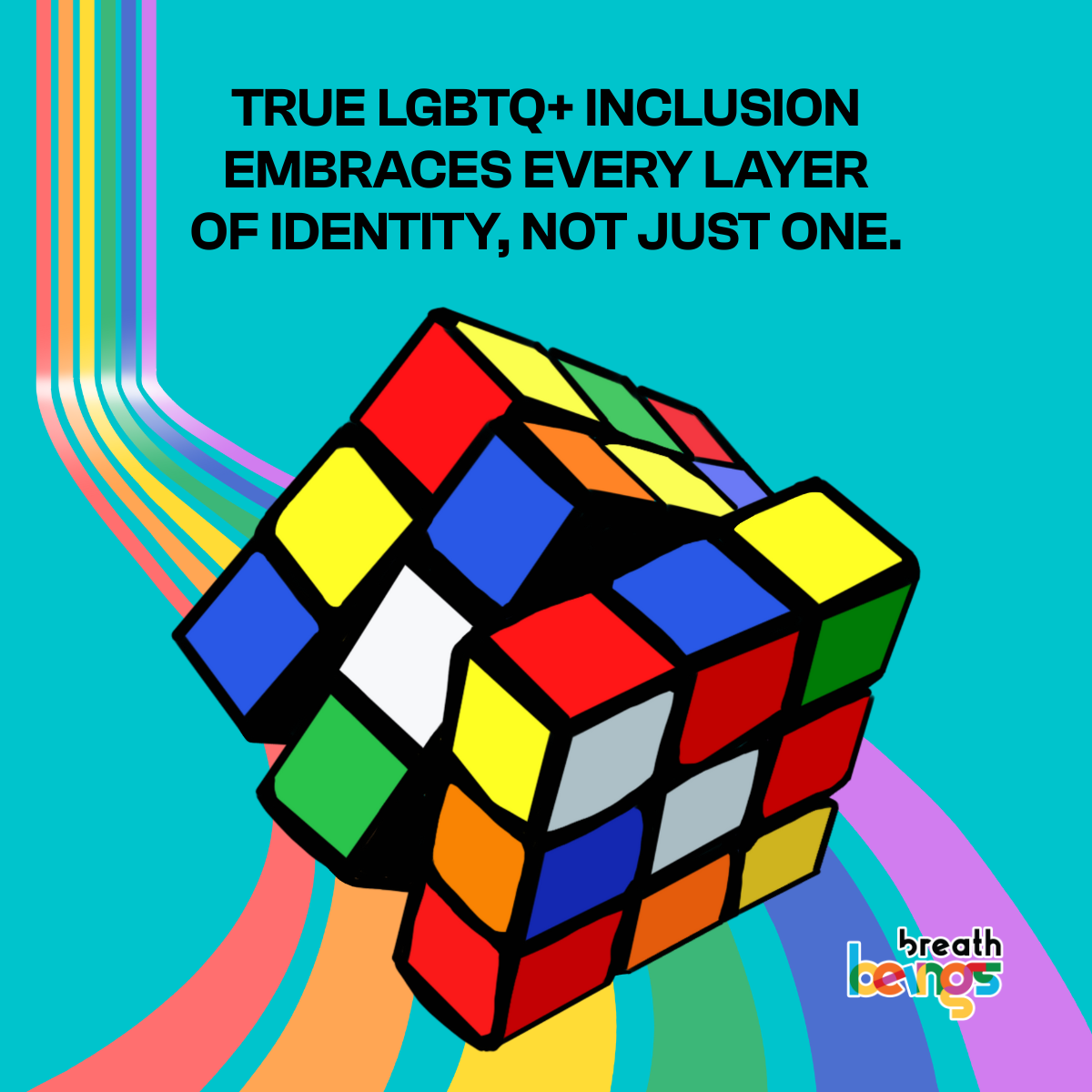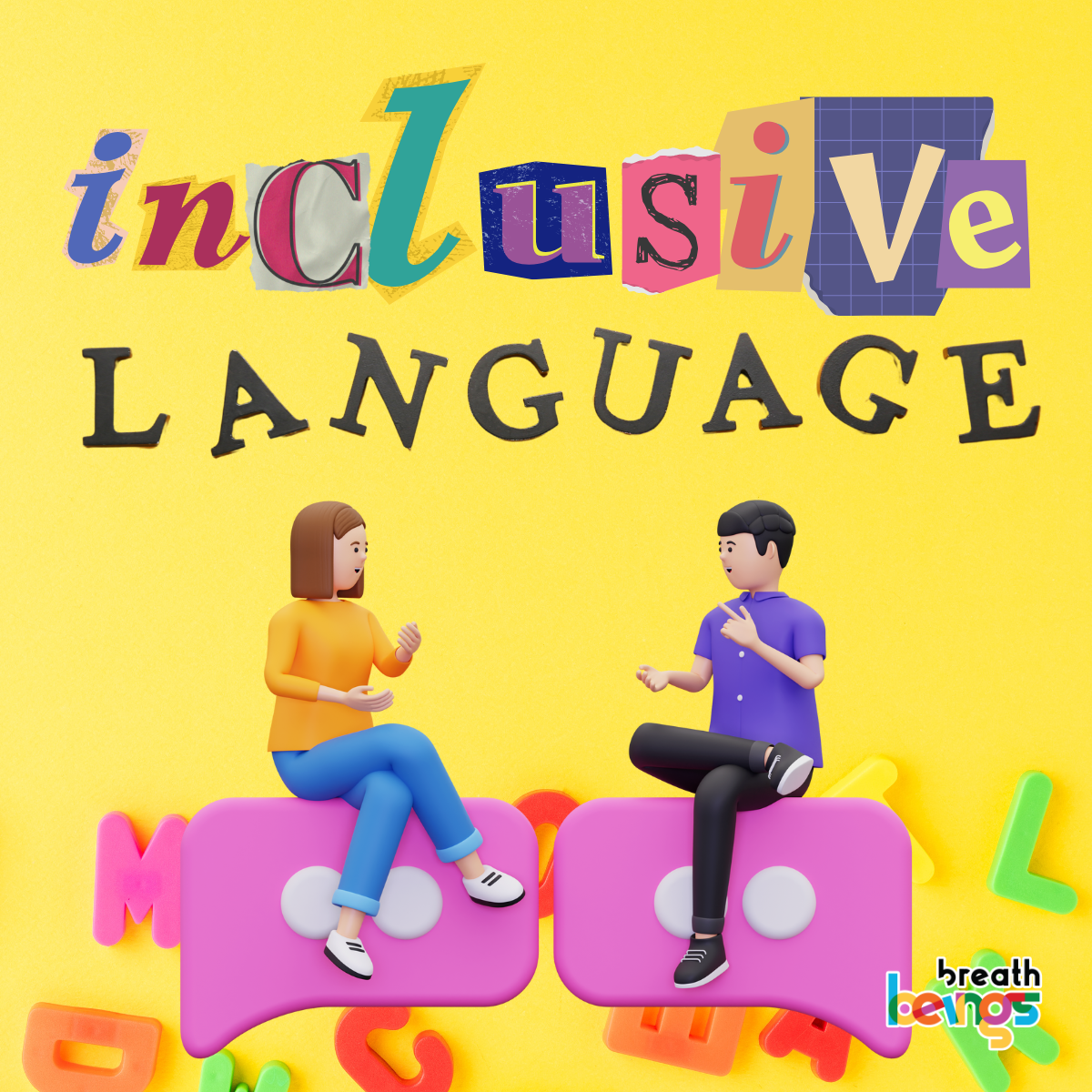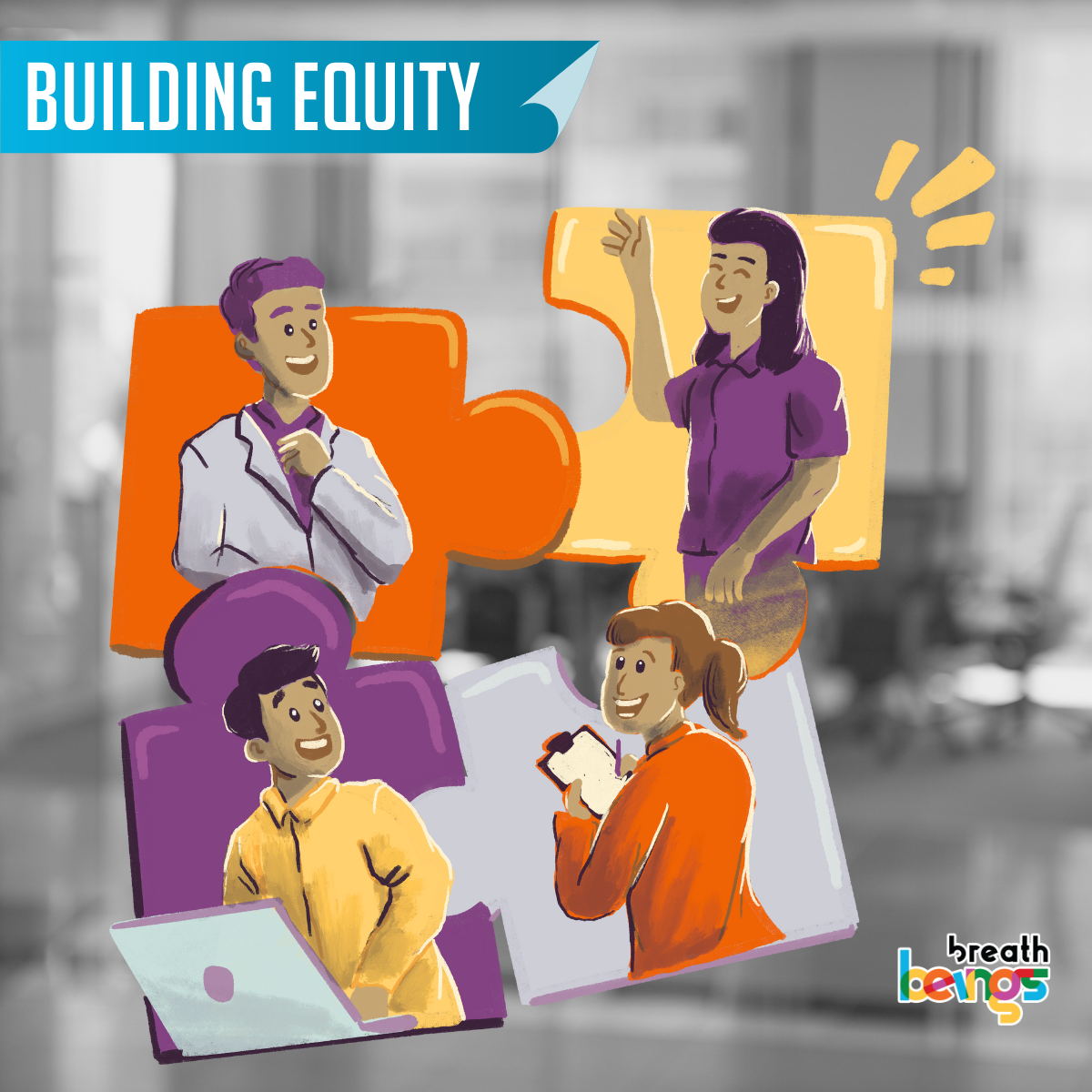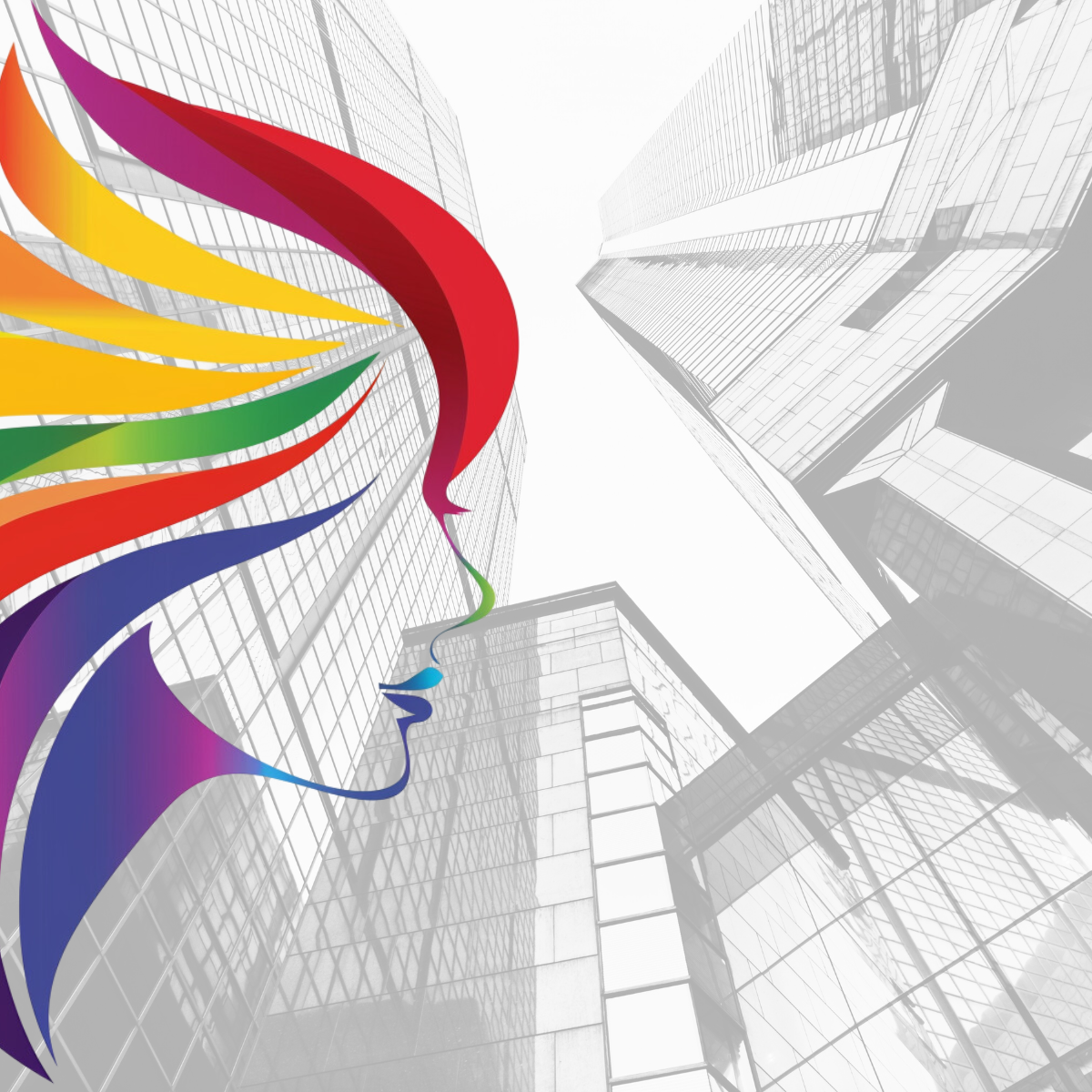Since the last few years, organisations have begun to champion diversity, equity, and inclusion (DEI) initiatives. These efforts have reshaped workplaces, driving positive change.
But as we enter a new era of work, industry leaders are recognizing a critical missing piece in the DEI puzzle: belonging.
It’s the secret ingredient that ties everything together and takes workplace culture to the next level. As social creatures, we crave connection and acceptance. In the context of work, belonging is about feeling like an integral part of the team, knowing that your contributions matter, and feeling comfortable being your authentic self. It’s the difference between merely being invited to the party and feeling truly welcome to dance.
So how’s DEIB different from DEI?
DEI vs DEIB
Diversity focuses on representation, equity ensures fair treatment and opportunities, and inclusion creates an environment where diverse individuals can participate fully. Belonging goes a step further. It’s about creating a deep sense of connection and community within the organization.
Think of it this way: diversity is being invited to the table, inclusion is having a voice at that table, and belonging is having that voice heard, valued, and acted upon. It’s the feeling that you’re not just a cog in the machine, but an essential part of the organization’s DNA.
The ‘B’ in DEIB (Diversity, Equity, Inclusion, and Belonging) encompasses several important elements.
Enabling voices to be loud and heard
In a workplace that fosters belonging, every team member feels confident that their ideas and opinions will be listened to and considered. It’s vital that employees feel they can be themselves and feel valued for what they are.
Making employees feel safe
This is the bedrock of belonging. Can employees freely speak about new ideas? Can they be open about an issue at home which is hampering work?
When employees feel psychologically safe, they’re more likely to take risks, share innovative ideas, and admit mistakes without fear of repercussions. It’s about creating an environment where vulnerability is seen as a strength, not a weakness.
Cultivating inclusive practices
In a workplace that truly embraces belonging, employees don’t feel the need to “code-switch” or hide parts of their identity. They can bring their whole selves to work, quirks and all, knowing they’ll be accepted and valued.
Encouraging authenticity

The benefits of belonging
At a time where talent comes at a premium, creating a sense of belonging can be a powerful differentiator for organizations looking to attract and retain top talent. In a job market where skilled professionals have multiple options, the opportunity to be part of an organization where they truly feel they belong can be a compelling draw.
The benefits of creating a culture of belonging are manifold. And there’s proof. Research tells us that organizations where there’s a deep sense of belonging shows a jump of 56% in job performance and a reduction of 75% in employees taking sick leave. Employees are also more likely to go above and beyond in their roles, driving innovation and excellence.
In a Deloitte study, 79% of organizations that participated agreed that fostering a sense of belonging was the way to go if they wanted to taste more success.
“While diversity and inclusion are important metrics in their own right, there is evidence to suggest that a focus on belonging can most helpfully frame inclusion initiatives in the workplace,” says a Culture Amp study.
So, as you think about your organization’s culture and DEI initiatives, ask yourself: are we fostering true belonging? Are we creating an environment where every employee feels they can bring their whole self to work? Are we not just inviting diverse voices to the table, but truly listening to and valuing what they have to say?
Remember, belonging isn’t just a nice-to-have – it’s a business imperative. By focusing on creating a culture of belonging, you’re not just doing the right thing for your employees; you’re setting your organization up for long-term success in an increasingly complex and diverse world.

